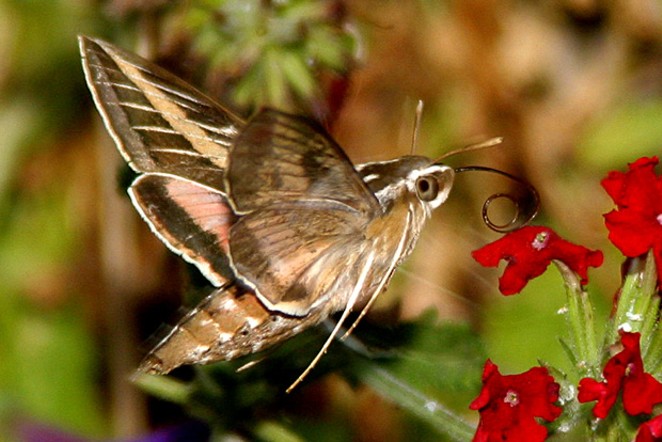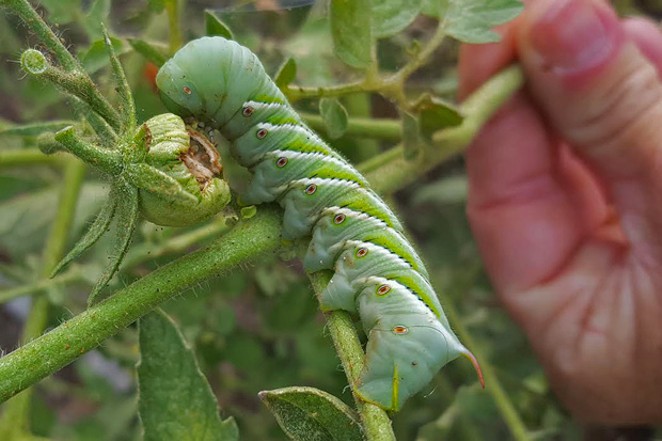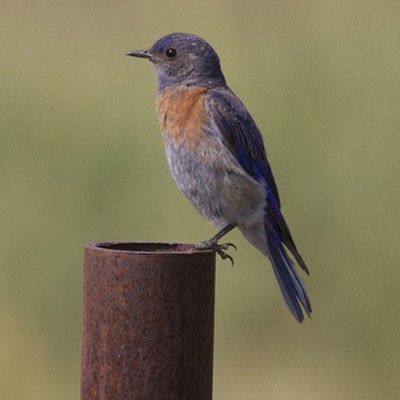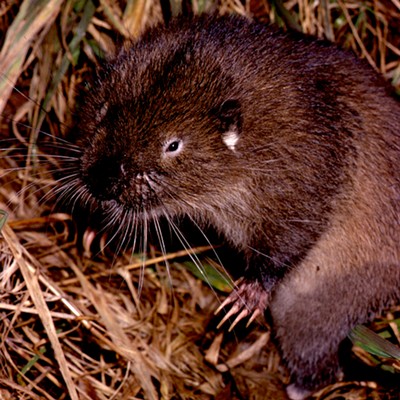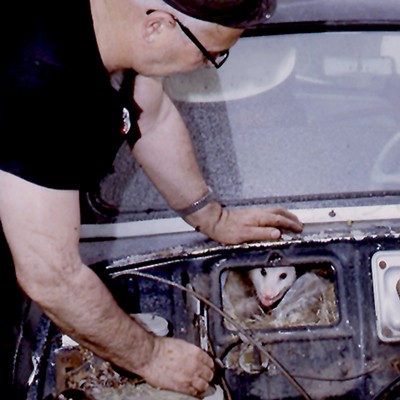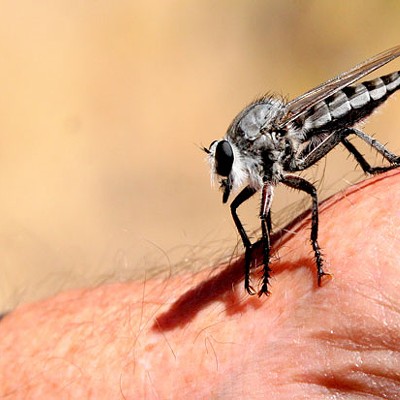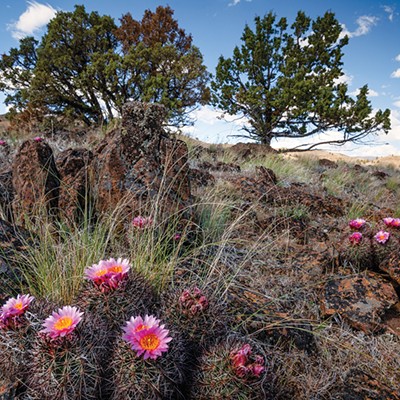Well, good people, hummingbird moths are in season. Yes, they can fool you; some people think they're actually hummingbirds, while others don't know what they are, as evidenced by an email I received the other day with the question, "What, pray tell is this?"
But before we go into the what, why, where and when of hummingbird moths, I gotta share one of the events that took place years back.
All through my professional life I've had the good fortune to work with young people, introducing them to various components of the natural world around us. This really got started during the years I was staff naturalist for the Oregon Museum of Science and Industry in Portland, and when I started the Sunriver Nature Center—or as Bob Royston, the landscape architect, called it, The Ecologium.
What all this amounted to is that I was standing in the right place at the right time when the young person was not only ready and willing to learn, but was seeking a greater understanding of the world of nature around them.
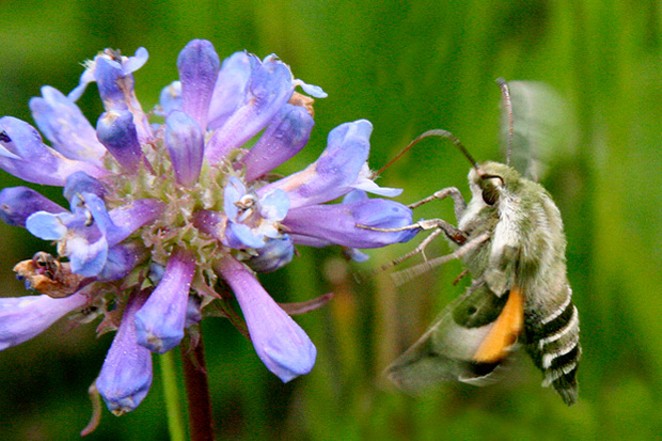
Take the young lady who shot the hummingbird moth photo here. This came about while I was out on a North American Butterfly Association count with my wife, Sue, in the Ochocos. Janelle came up to me and asked, "Jim, I would like to learn to take photographs of insects. Can you help me?"
That sounded like a wonderful idea to me, so I got my camera rigged up with the close-up lens and we sat down in the shade of an aspen tree and started on the whys and wherefores of insect photography. Janelle was/is a very bright young lady and caught on quickly. We shot a couple of insects close by. I thought she was ready to go, and away she went.
As we neared the end of the butterfly count route, near Big Summit Prairie, I was about 50 yards from Janelle and her group of young people when I heard one of them exclaim, "Oh, look at the beautiful hummingbird!"
In my book, we were in the wrong place at the wrong time for hummingbirds, so I knew something was off base. I happened to have my binoculars around my neck, so I focused in on the group. I watched as Janelle stooped over to see what someone was calling a hummingbird. Then, suddenly I caught an image of a brilliant sparkle of wings.
I didn't know what they had going on, but it had to be something I had never seen in that spot before, so I hot-footed it over to them. The closer I got the more that sparkling image began to become something more recognizable. Then, at about 10 feet from her, I watched Janelle raise the camera and slowly move toward the subject.
The one most noticeable right now is the Lined hummingbird moth, found from Canada to Central America.
tweet this
She got closer and closer and by the time I arrived at the scene I could see a brand new—freshly emerged—Clear-wing hummingbird moth hovering in a flower blossom. My first instinct was to snatch the camera away from her and shoot that magnificent moth myself. After all, it was an insect I had never seen before—a "lifer," if you will.
But better judgement took over and I whispered, "Go get it dear heart! Shoot it!" And she did. Oh boy! Did she ever! Every one of the images she put on the memory card of that old Canon was a winner. I can't understand why it didn't take and she's a professional museum photographer today. But in any event, I'll always be grateful to her every time I look at those images.
So, let's talk for a little about hummingbird... aka sphinx moths...
The one most noticeable right now is the Lined hummingbird moth, found from Canada to Central America. They feed on a number of plants and are one of the more colorful pollinators of a wide variety of wildflowers and domestic plants. Like most hummingbird moths, they don't stay in one place very long, but zip between flowers pretty rapidly.
The caterpillar is very distinctive; it can be green or black and has a very obvious spike sticking up from the rear of the animal that looks pretty deadly. But it's not! It's a device to scare off predators, and I've heard people exclaim about how deadly it looks, so that works to keep humans away as well.
The most obvious hummingbird moth larva is the Tomato hornworm. It's very destructive to tomato plants and not at all enjoyable to find in one's greenhouse. Be that as it may, our wild sphinx moths are beautiful to observe as they zip around in our flower gardens, or just plain old sagebrush and rabbitbrush backyard.
Oh, if you happen to come upon my favorite, the Clear-wing hummingbird moth, please send me a note and let me know when and where: [email protected]. If you want to include your photo, please, by all means, do so.

